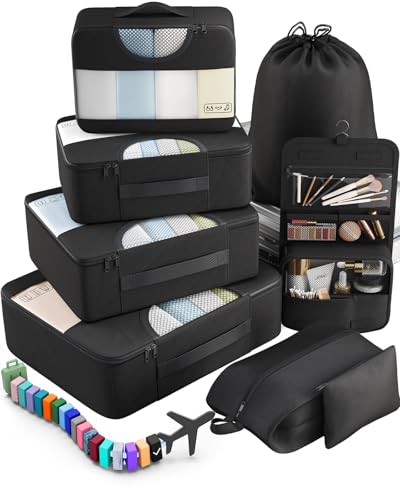In Budapest, they use Type C and F power plugs and outlets. The voltage is 230V, and the frequency is 50Hz.
So, you’ll need a travel adapter in Budapest. Their plugs and outlets are different from the Type A and B ones we use back in the States.
Quick Overview of the Plugs in Budapest:
- Plug type in Budapest: C and F
- Standard voltage: 230V
- Frequency: 50Hz
- Need a travel adapter? Yes, you do need a travel adapter
- Need a voltage converter? Might be needed depending on the device
- Recommended plug adapter: One Beat International Power Adapter
This content is verified through local electrical regulations, international IEC standards, and practical input from travelers who’ve been there.
The Only Travel Adapter You’ll Need in Budapest
Packing light? You need a compact, all-in-one adapter that actually works. We don’t sell travel adapters, but we’ve done all the research to find the best one for Budapest—safe, lightweight, and compatible with multiple countries. No more carrying a bunch of adapters—just this one. Here’s the best choice:
Recommended Travel Plug Adapter
by 6,500+ travelers on Amazon
No power adapter and already abroad? You’ll likely be able to grab one at the airport or a shop nearby. Still, having your own from the start gives you more control and saves you the hassle of tracking one down after a long flight.
Budapest is often visited alongside destinations in Austria, Romania, or Slovakia. Plug types can differ slightly across borders.
Power Outlets in Budapest
In Budapest, they use Type C and F power plugs and outlets.
Type C

Type C outlets have two round prongs and no grounding pin. Type E and F plugs usually fit too, but grounded plugs will need an adapter.
Type F

Type F outlets have two round prongs and grounding clips on the sides. Type C and E plugs will also fit.
Do You Need a Voltage Converter?
Planning a trip to Budapest? The voltage there doesn’t match the 120V we use in the U.S., so you’ll probably need a voltage converter.
To be safe, always inspect the voltage specifications on your electronics before plugging them in overseas. If you see “100-240V, 50/60 Hz”, your device is dual voltage and won’t need a converter. Most tablets, laptops, cameras, and rechargeable personal care items support this.

Which Travel Devices May Need a Converter?
Not sure which voltage converter to get? Take a look at the best-rated ones right here.
| Device | Need Converter? | Notes |
|---|---|---|
| Phone | ❌ No (usually) | Most modern phone chargers are dual voltage (100–240V) |
| Laptop | ❌ No (usually) | Check the power brick label for 100–240V |
| Hairdryer | ✅ Yes (often) | High wattage; many models are not dual voltage |
| Electric toothbrush | ⚠️ Check voltage | Some models are 110V only |
| Camera / DSLR | ❌ No (usually) | Most chargers are dual voltage |
| Power bank | ❌ No | Charges via USB, adapter is enough |
| Electric shaver / trimmer | ⚠️ Check voltage | Older or cheaper models may not support 230V |
| Tablet / iPad | ❌ No | All models are dual voltage |
| Portable fan | ✅ Yes (sometimes) | Many models are not compatible with 230V |
| Game console | ⚠️ Check voltage | Newer consoles like PS5 and Xbox are often dual voltage — check to be sure |
| Bluetooth speaker | ❌ No (usually) | Charges via USB |
| E-reader (Kindle, etc.) | ❌ No | USB charging only, no converter needed |
Top Travel Essentials to Pack
Once your adapter’s sorted, think about these extras. They can help you stay charged, avoid extra fees, and keep your bag in order.
Digital Luggage Scale
Packing Cubes
Power Bank
More About Budapest
Budapest is actually two cities—Buda and Pest—merged in 1873. Cruise across the iconic Chain Bridge, then climb Castle Hill for sweeping views of the Danube and Parliament. Walking these areas gives a vibe that’s part regal Europe, part gritty street art.
It’s known as the “City of Baths” for a reason—there are over 100 thermal springs pumping out about 70 million liters of spa water daily. You can chill in historic spots like Széchenyi or Rudas, and by night some baths throw “sparties” with music and cocktails under warm water.
Don’t miss the ruin bars—Pest’s abandoned buildings turned into artsy hangouts—and dig into local comfort food like chimney cake or a hearty bowl of goulash. Add in grand cafés, a massive synagogue, and a language so unique it’s in the Finno-Ugrian family, and you’ve got city charm with a serious twist.
Budapest uses the same plugs and outlets as the rest of Hungary.




